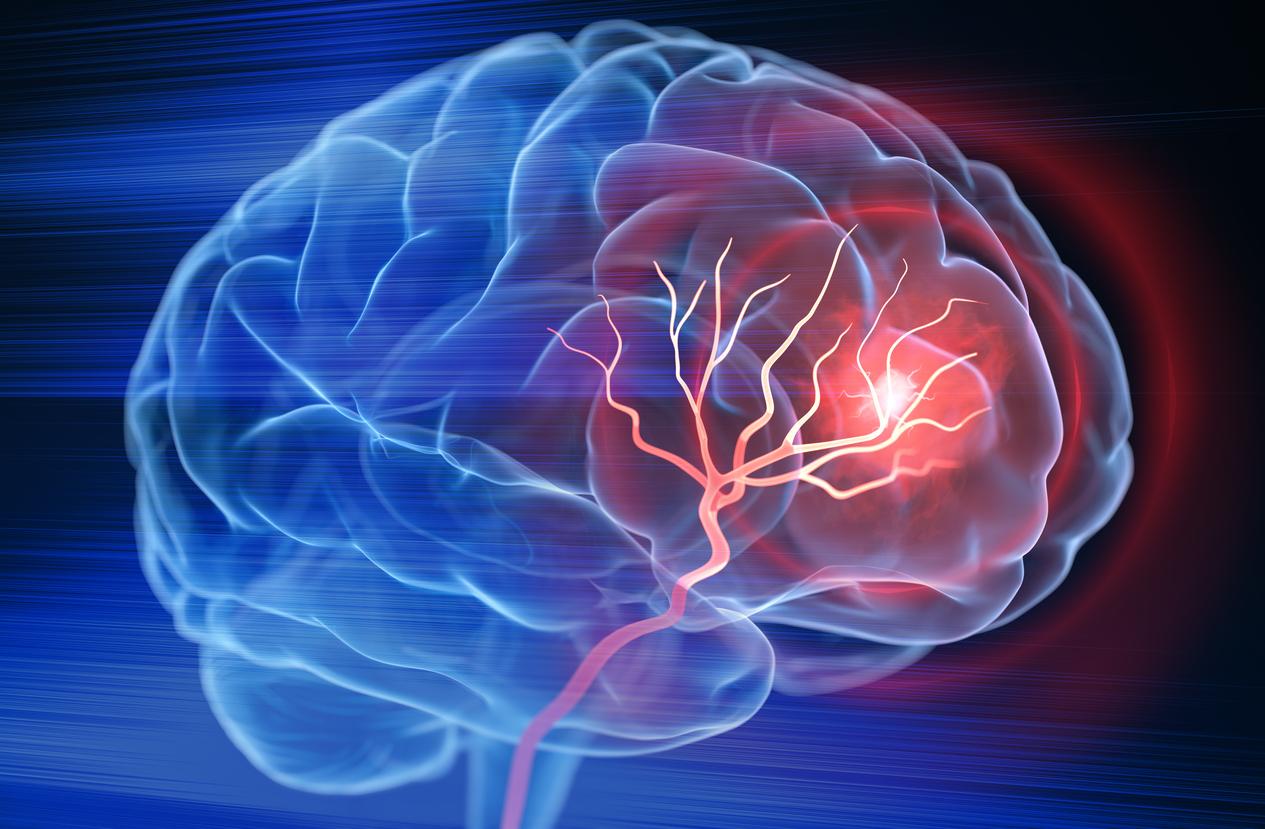Men die more from glioblastoma than women because of differences in tumors by sex. It is therefore necessary to adapt the treatments.

It has been established for decades that men die more than women from certain cancers. This is for example true for glioblastoma, the most frequent brain cancer. A new study indicates that tailoring treatments to men and women with glioblastoma based on the molecular subtypes of their tumors could improve survival for all patients.
An immediate impact on care
“We expect this study to have an immediate impact on the care of patients with glioblastoma and on future research, as the results indicate that we should stratify male and female glioblastoma into risk groups and assess the effectiveness of treatment according to gender,” explains Joshua B. Rubin, professor of pediatrics and neuroscience, who is also the director of the study. “Gender differences and their applications in medicine are very relevant but almost always overlooked aspects of personalized treatments,” he adds.
Glioblastoma is fatal for about half of patients within 14 months of diagnosis. It is diagnosed almost twice as often in men as in women over the age of 50. The standard treatment is aggressive: surgery, followed by chemotherapy and radiotherapy. However, stem cells often survive and continue to divide, producing new tumor cells to replace those destroyed by treatment. Most tumors come back within six months.
Huge genetic differences
By studying adults with glioblastoma, researchers have found that standard treatment for glioblastoma is more effective in women than in men. To help understand such gender differences in response to treatment, scientists calculated the rate of tumor growth in 63 glioblastoma patients – 40 men and 23 women – who received standard chemo-radiation treatment. after surgery.
Although the initial rates of tumor growth were similar between women and men, only women showed a consistent and significant decrease in tumor growth after treatment with temozolomide, the most common chemotherapy drug used to treat glioblastoma.
10 distinct subtypes
From there, “we observed huge genetic sex differences in tumors of glioblastoma patients that correlated with survival. All the evidence supports the need to define these distinctions and incorporate sex differences into research and treatment of glioblastoma,” say the researchers.
Specifically, the researchers showed that tumors from glioblastoma patients cluster into 10 distinct subtypes – five for tumors in men and five for tumors in women. Groups are distinguished by gene activity and survival. For example, women with tumors in one of these groups survived longer than those with tumors in any of the other four groups – just over three years compared to just over a year. Similarly, they found one group of men linked to longer survival, just over 18 months, compared to just over a year for men with tumors in the other groups.

.
















